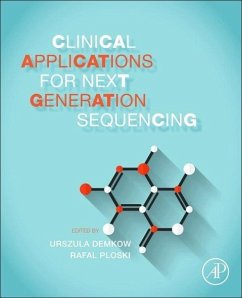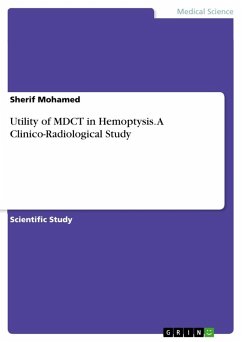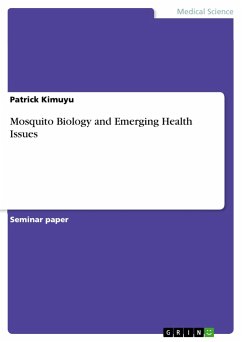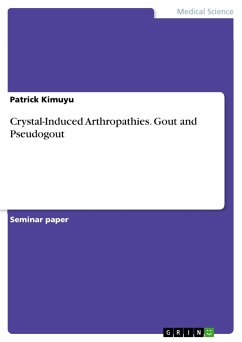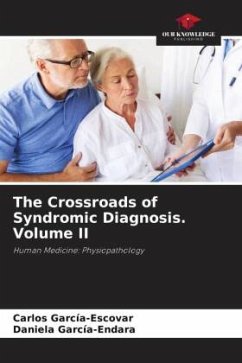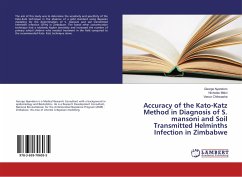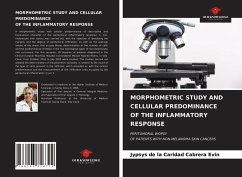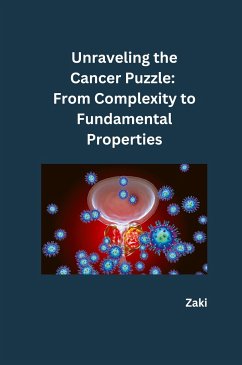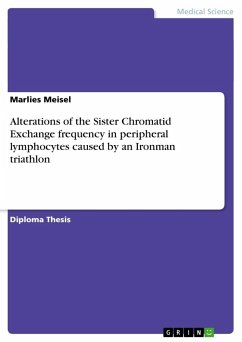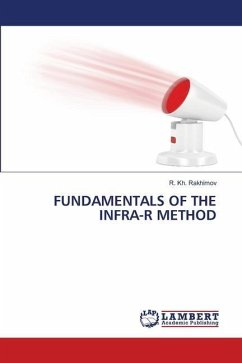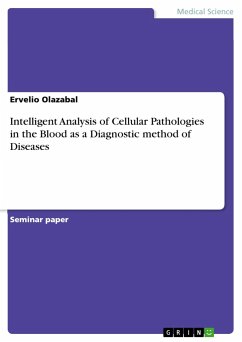
Intelligent Analysis of Cellular Pathologies in the Blood as a Diagnostic method of Diseases
Versandkostenfrei!
Versandfertig in 1-2 Wochen
17,95 €
inkl. MwSt.

PAYBACK Punkte
0 °P sammeln!
Seminar paper from the year 2018 in the subject Medicine - Other, , language: English, abstract: The current methodologies and diagnostic procedures make it possible to detect diseases, pathological states, assess risk, evolution, severity, complications incidences, recovery of the patient and possible toxic damage caused by drug candidates, and other therapeutic products, because it is feasible to compare normal cells with patterns of these in their pathological state in peripheral blood, skin and other tissues and organs. These results are achieved by manual and automated methods that manage...
Seminar paper from the year 2018 in the subject Medicine - Other, , language: English, abstract: The current methodologies and diagnostic procedures make it possible to detect diseases, pathological states, assess risk, evolution, severity, complications incidences, recovery of the patient and possible toxic damage caused by drug candidates, and other therapeutic products, because it is feasible to compare normal cells with patterns of these in their pathological state in peripheral blood, skin and other tissues and organs. These results are achieved by manual and automated methods that manage to detect a large number of diseases, and anomalous states, even when they have disadvantages, and "errors", which restrict the diagnosis of some diseases that directly affect the health of patients and drug research processes. These techniques are based on the analysis of the variations of the forms, quantities, inclusions and transitions of colors, among other peculiarities that differentiate normal cells from sick or damaged cells. In search of more effective and efficient diagnostic solutions, mathematical algorithms have been developed that enable the processing of "Visual" images and "Pattern Recognition" to apply the "Automatic Learning" techniques that allow the "Intelligent" recognition of the differences between stereotyped and anomalous cells with the help of computational tools that in turn allow to increase the speed of the analysis without losing sensibility, as well as to diminish the cost of the same one.



